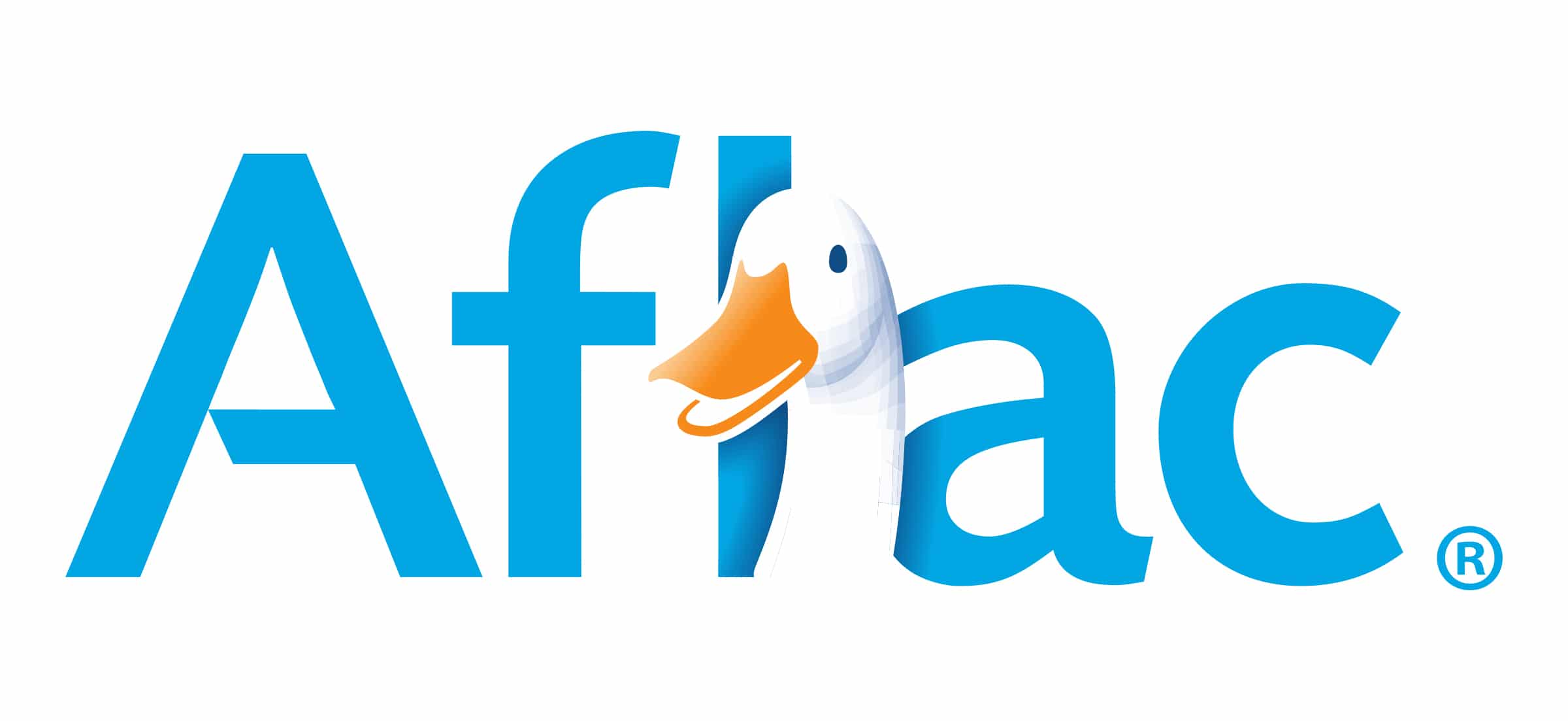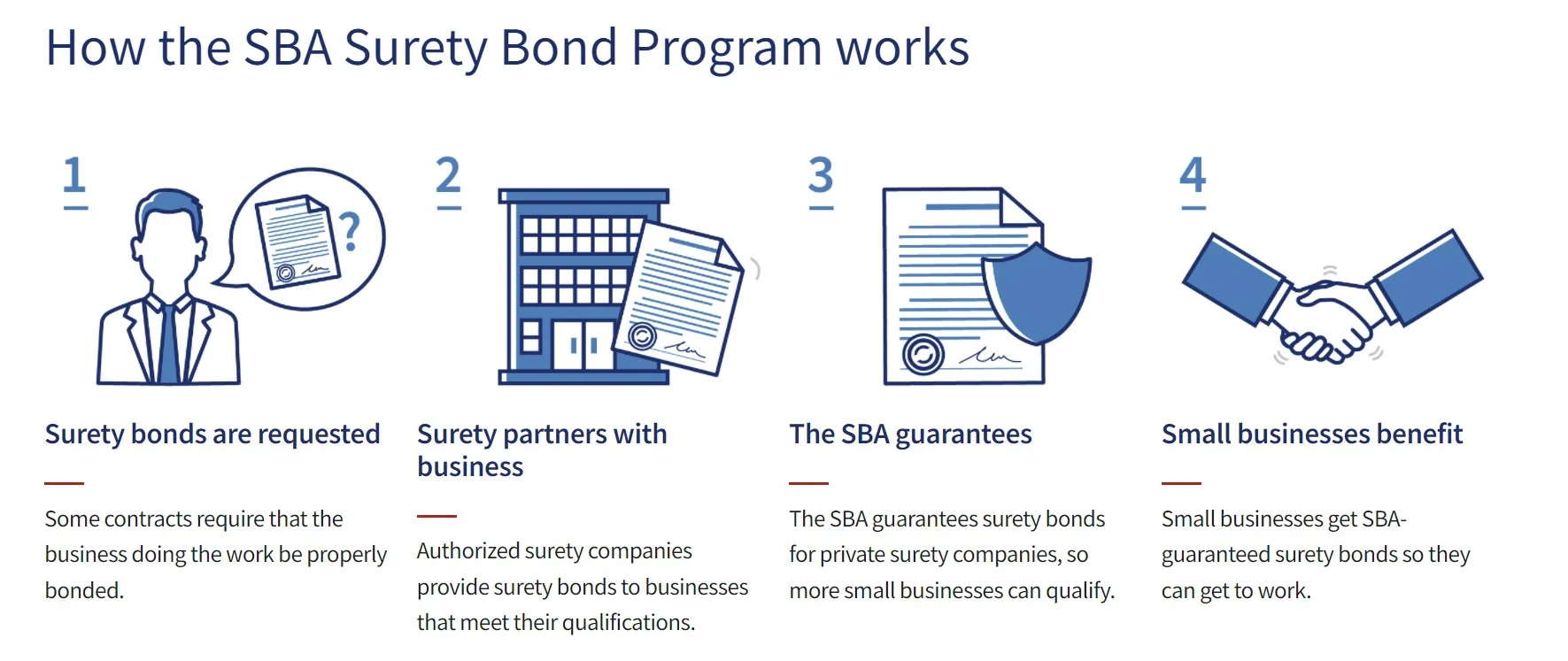

Finance
How Much Is Chase Overdraft Grace Period
Published: February 20, 2024
Learn about the Chase overdraft grace period and how it impacts your finances. Understand the fees and options available to manage your account effectively.
(Many of the links in this article redirect to a specific reviewed product. Your purchase of these products through affiliate links helps to generate commission for LiveWell, at no extra cost. Learn more)
Table of Contents
Introduction
In the fast-paced world of personal finance, it's not uncommon for individuals to encounter situations where their expenses temporarily exceed their available funds. This can lead to the dreaded prospect of overdrawing their checking account, resulting in hefty fees and potential financial strain. However, many financial institutions, including Chase, offer a potential lifeline in the form of an overdraft grace period. Understanding the intricacies of this grace period can help account holders navigate financial challenges with greater confidence and peace of mind.
The concept of an overdraft grace period represents a crucial aspect of modern banking, providing account holders with a brief window of opportunity to rectify negative balances without incurring punitive fees. For customers of Chase, one of the largest and most reputable banks in the United States, this grace period can serve as a valuable safety net during times of financial uncertainty.
Navigating the nuances of overdraft protection and grace periods is essential for anyone seeking to manage their finances effectively. By delving into the specifics of Chase's overdraft grace period, including its functionality, associated costs, and strategies for avoiding fees, individuals can empower themselves to make informed decisions and maintain financial stability. Whether you're a seasoned banking customer or just beginning your financial journey, understanding the ins and outs of Chase's overdraft grace period is a valuable asset in your fiscal toolkit.
What is an Overdraft Grace Period?
An overdraft grace period is a brief span of time during which a bank allows account holders to remedy a negative balance in their checking account without incurring overdraft fees. This period typically ranges from a few hours to several days, affording customers the opportunity to restore their account to a positive balance before facing financial penalties. The purpose of an overdraft grace period is to provide a temporary reprieve for individuals who may have miscalculated their available funds, enabling them to rectify the situation without immediate repercussions.
During the grace period, the bank may refrain from charging overdraft fees or may offer a reduced fee for the overdraft occurrence. This compassionate approach acknowledges that occasional financial hiccups are a reality for many individuals and seeks to mitigate the immediate impact on their finances. It is important to note that the availability and duration of an overdraft grace period can vary between financial institutions, and specific terms and conditions may apply based on the account type and banking relationship.
For account holders, an overdraft grace period can serve as a valuable safety net, providing a short window of opportunity to address a negative balance before facing more severe financial consequences. This feature can offer peace of mind and financial flexibility, particularly during unexpected or challenging circumstances. Understanding the existence and parameters of an overdraft grace period is essential for prudent financial management, as it empowers individuals to make informed decisions and take timely action to restore their account to good standing.
How Does Chase Overdraft Grace Period Work?
Chase Bank offers an overdraft grace period, known as “Chase Debit Card Coverage,” which provides eligible account holders with a limited window of time to address negative balances in their checking accounts before incurring overdraft fees. This grace period typically spans a few business days, during which customers have the opportunity to make a deposit or transfer funds to cover the overdraft amount without facing immediate financial penalties.
When a customer overdraws their account, Chase may choose to approve the transaction, allowing the account to enter a negative balance. This decision is subject to the bank’s discretion and the account’s overdraft settings. Once the account enters a negative balance, the customer has until the end of the business day to restore a positive balance to avoid incurring a fee. If the account remains negative at the end of the business day, the customer can still take advantage of the grace period, provided they bring the account to a positive balance within the specified timeframe.
It’s important to note that the overdraft grace period offered by Chase is not a guaranteed feature for all account holders. Eligibility for this grace period is contingent upon various factors, including the account type, the account holder’s banking history, and the bank’s discretion. Additionally, the specific duration of the grace period may vary based on individual account settings and the bank’s policies.
Understanding the mechanics of Chase’s overdraft grace period empowers customers to make informed decisions regarding their finances. By leveraging this grace period effectively, account holders can navigate temporary financial shortfalls with greater flexibility and minimal impact on their overall financial well-being.
How Much Does Chase Charge for Overdrafts?
Chase Bank imposes overdraft fees when account holders overdraw their checking accounts and fail to restore a positive balance within the grace period. As of the latest information available, the standard overdraft fee charged by Chase is $34 per item. This means that for each transaction that results in an overdraft, whether it’s a debit card purchase, ATM withdrawal, or a check, the account holder may incur a $34 fee if the negative balance is not rectified within the grace period.
It’s important to note that the number of overdraft fees an account holder can incur in a single day is capped at three. This means that even if multiple transactions result in overdrafts on the same day, the maximum number of overdraft fees charged for that day will be three, potentially mitigating the financial impact to some extent.
Chase also offers an Extended Overdraft Fee, which is an additional $15 fee charged if the account remains overdrawn for five consecutive business days. This fee is in addition to the standard overdraft fee and is applicable for each subsequent occurrence of a five-day consecutive overdraft period.
Understanding the fee structure for overdrafts at Chase is essential for account holders to make informed decisions about their financial transactions and account management. By being aware of the potential costs associated with overdrafts, customers can take proactive measures to avoid incurring these fees and maintain a healthy financial standing with the bank.
How to Avoid Overdraft Fees with Chase
Avoiding overdraft fees with Chase requires proactive financial management and leveraging the available tools and resources provided by the bank. By implementing the following strategies, account holders can minimize the risk of overdrawing their checking accounts and steer clear of costly fees:
- Monitor Account Balances: Keeping a close eye on account balances, especially before making significant transactions, is crucial for avoiding overdrafts. Chase offers online and mobile banking platforms, allowing customers to track their account activity in real time and set up balance alerts to receive notifications when their funds are running low.
- Enroll in Overdraft Protection: Chase provides overdraft protection options, such as linking a savings account or a Chase credit card to the checking account. In the event of a potential overdraft, funds can be automatically transferred from the linked account to cover the shortfall, helping account holders avoid overdraft fees.
- Opt Out of Debit Card Overdrafts: Account holders have the option to decline Chase’s standard overdraft services for everyday debit card transactions. By opting out, if there are insufficient funds for a debit card purchase, the transaction will be declined at the point of sale, eliminating the possibility of incurring overdraft fees.
- Set Up Low Balance Alerts: Utilizing Chase’s account alert features, customers can receive notifications when their account balance falls below a specified threshold. This proactive approach enables account holders to take timely action to replenish their funds and avoid potential overdrafts.
- Regularly Review Transactions: Periodically reviewing account transactions and scheduled payments can help identify any potential discrepancies or upcoming debits, allowing account holders to adjust their finances accordingly and prevent unexpected overdrafts.
By incorporating these proactive measures into their financial routine, Chase account holders can significantly reduce the likelihood of incurring overdraft fees and maintain greater control over their banking activities.
Conclusion
Navigating the intricacies of overdrafts and grace periods is a fundamental aspect of responsible financial management, and understanding how these elements function within the framework of a banking relationship is crucial for maintaining a healthy financial standing. For customers of Chase Bank, familiarizing themselves with the bank’s overdraft grace period, associated fees, and proactive avoidance strategies is essential for mitigating the potential impact of overdrafts on their finances.
Chase’s provision of an overdraft grace period, known as “Chase Debit Card Coverage,” offers account holders a valuable opportunity to rectify negative balances without immediate financial penalties. By leveraging this grace period effectively and implementing prudent financial practices, customers can navigate temporary financial shortfalls with greater flexibility and confidence.
Understanding the fee structure for overdrafts at Chase, including the standard overdraft fee and the Extended Overdraft Fee, empowers account holders to make informed decisions about their financial transactions and account management. By proactively monitoring account balances, enrolling in overdraft protection, and leveraging available account alert features, customers can minimize the risk of overdrawing their checking accounts and steer clear of costly fees.
Ultimately, by embracing a proactive and informed approach to managing their finances, Chase account holders can harness the available tools and resources to avoid overdraft fees and maintain a healthy financial relationship with the bank. Whether it’s through diligent account monitoring, strategic use of overdraft protection, or setting up low balance alerts, customers can take charge of their financial well-being and navigate their banking experience with greater confidence.
By staying informed about the intricacies of Chase’s overdraft grace period and implementing prudent financial practices, account holders can position themselves for greater financial stability and peace of mind in their banking endeavors.














